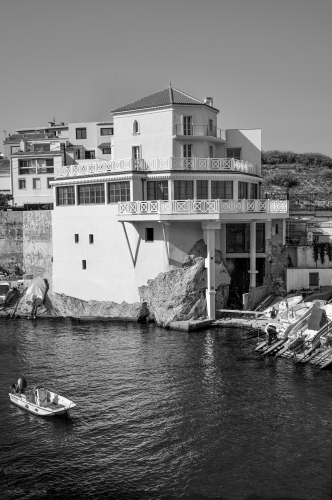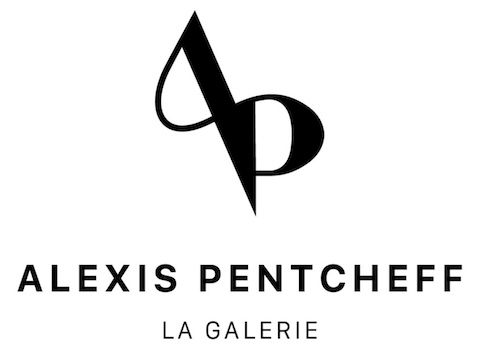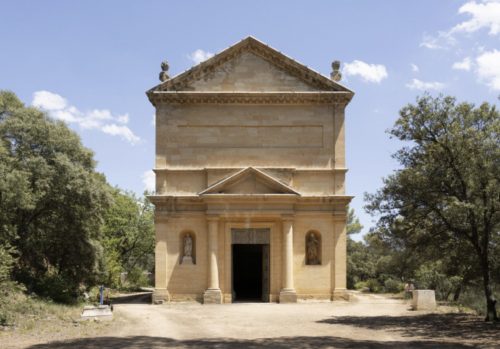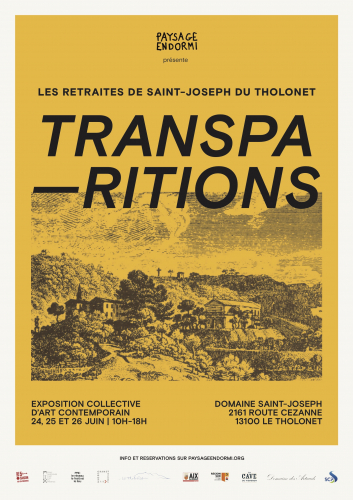François Aubrun – Light as Substance
A Revelatory Landscape: The Sainte-Victoire
Following a trip with his grandfather to Aix-en-Provence in 1949, François Aubrun discovered a landscape entirely different from the Hauts-de-Seine, where he was born. He would later settle at the foot of Montagne Sainte-Victoire, in the small village of Le Tholonet, home to André Masson at the time.
Classical Training in the Service of an Inner Quest
As a young man, he studied at the Académie de la Section d’Or in Paris under Jean Souverbie, and attended sculpture classes with Paul Niclausse in the early 1950s, before enrolling at the École des Beaux-Arts.
The discovery of the Aixois landscape—the very one Cézanne had so closely observed—proved to be a foundational revelation. It led Aubrun to a lifelong pictorial exploration centered on light, transparency, and materiality, and the tensions between them.
His painting exudes a silent poetry, where the visible gives way to pure sensation.
Light, Fluidity: A Singular Pictorial Language
In Aubrun’s work, the physical elements of the landscape—rivers, mist—translate into a visual language shaped by fluidity, liquidity, and painterly layering. This approach led him to deeper conceptual reflections, often associated with the idea of the feminine.
Though he moved beyond form to focus on color and matter, Aubrun never identified as an abstract painter.
Working closely with nature, he sought to condense its essence, to capture in his canvases an essential vibration. His contemplative approach is reminiscent of the foundations of Asian painting.
Toward a Reduced Palette: Black as a Source of Light
Over time, his color palette grew more restrained, evolving toward white, black, and gray. In the final decades of his career, he focused almost exclusively on the study of black and its many nuances.
He explored the light contained within black, layering material and brushwork to reveal a radiant interiority.
A Life of Transmission
Aubrun balanced his life between artistic creation and teaching. He taught painting at the University of Marseille-Luminy, then at the École des Arts Décoratifs in Nice.
He was appointed director of the École des Beaux-Arts in Toulon (1974–1980), then became professor of painting at the École des Beaux-Arts in Paris, a post he held until 1992.
His works were regularly exhibited, both in France and abroad.
"The act of painting happens in solitude, and one must never suffer from being alone if one wishes to paint. Painting is not a profession—it is a path that can only be followed in solitude."
A Place of Retreat: Domaine Saint-Joseph
The artistic path of François Aubrun is deeply tied to the place where he established his studio: the Domaine Saint-Joseph, a former convent turned atelier—a spiritual retreat nestled in nature, overlooking Montagne Sainte-Victoire.
A place imbued with silence, light, and pictorial history, where Cézanne’s legacy still seems to linger.
In the summer of 2025, as part of the Cézanne Year and in partnership with the City of Aix-en-Provence, François Aubrun’s studio will be exceptionally open to the public. It will host a retrospective exhibition, titled Aubrun, In Full Light, celebrating his unique connection to the Sainte-Victoire and his lifelong exploration of light in painting.

BRAFA 2025
24 January 2025 - 3 February 2025

INAUGURAL EXHIBITION AT THE REINE JEANNE PAVILION
3 October 2023 - 15 November 2023




